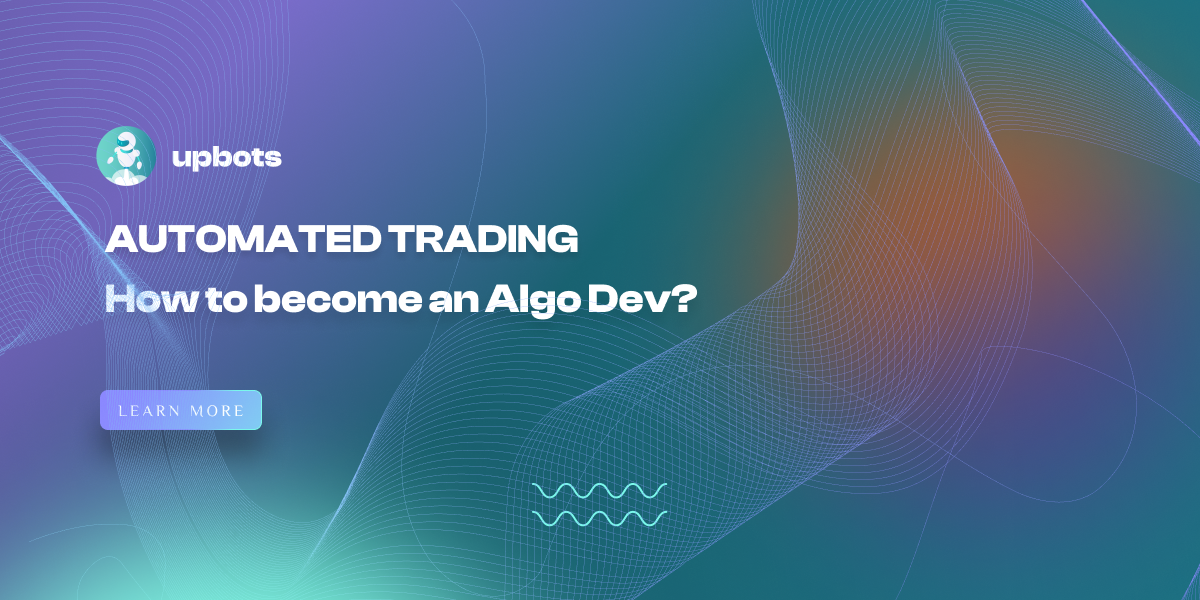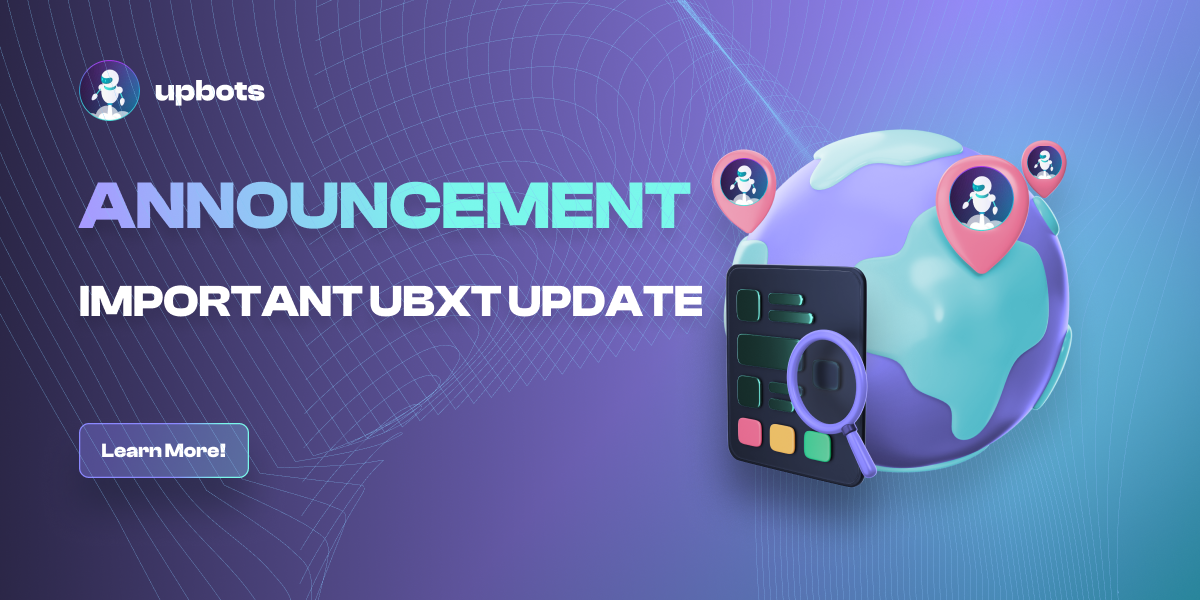
Last week we discussed the subject of automatic trading by explaining the different varieties of algorithms and how it works. This week we will answer this question: How to become a trading algorithm developer?
Learning to trade
The first step if you ever want to develop a trading algorithm, more or less simple, will be learning manual technical trading, I explain.
There are highly mathematical ways to create algorithms, by relating variables that most of us don't even know exist. Add some artificial intelligence into the mix and you have a highly specialized trading algorithm created by a team of mathematicians, physicists and computer scientists. I may be exaggerating but hardly!
For an algorithm based on technical analysis, you will have to learn at least the basics, i.e. the most used technical indicators, moving averages and volume. This is a sufficient basis to start building your first algorithm.
You can of course add some knowledge of price action, trading without indicators, but this is on the one hand less affordable and on the other hand more difficult to code.
The programming language
Yes, learning technical analysis is only the first step to becoming an algo dev! After that you will have to learn a programming language and there is a choice.
Are you already a developer or a computer science student?
In that case you will have an easier time than most of us to get over the language barrier. If you are already familiar with a programming language such as Python, look no further, it is one of the best languages when it comes to trading algorithms and financial analysis. Indeed, Python has a lot of libraries available, just like R.
You have never written a line of code in your life?
You can also turn to Python but it will be a bit more complicated. That's why I propose you a first approach of coding using the PineScript language, available on Tradingview.
This will allow you to familiarise yourself with programming without being overwhelmed by the amount of information that is available on more complete programming languages.
AB Testing
You are now able to write code and you have knowledge of technical trading. Now comes the hard part, creating a strategy.
It is not enough to know the supports and resistances and the RSI to be able to code a winning trading strategy, you also have to find out how to use them together. This will require your inspiration and creativity.
From now on, it will be trial and error, to eliminate what doesn't work and keep what does work, to eventually improve it.
Conclusion
The road to mastering algorithmic trading is not the easiest and you now know the steps. Next week we will discuss the best way to test your strategies through backtesting.
Simple at first glance but more complete than it seems, we will see that together next week!


